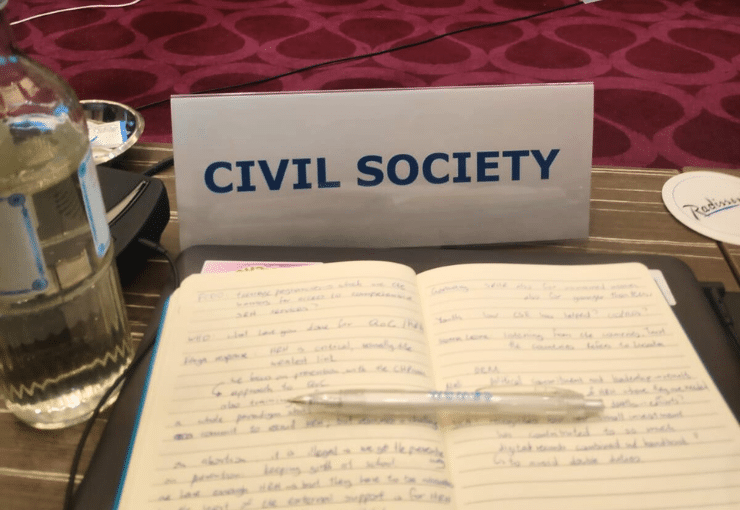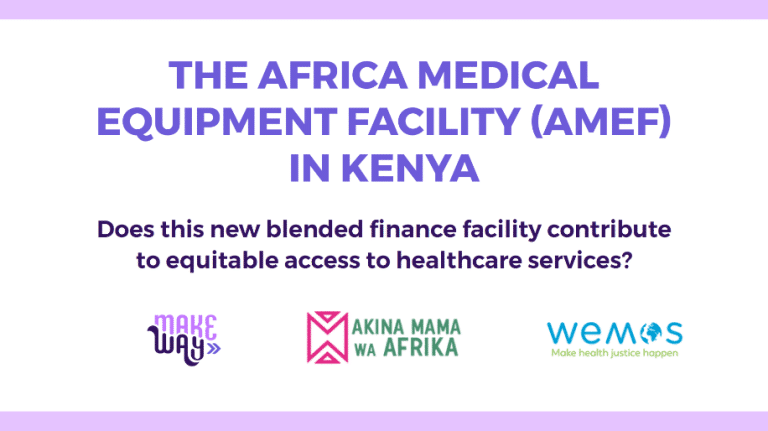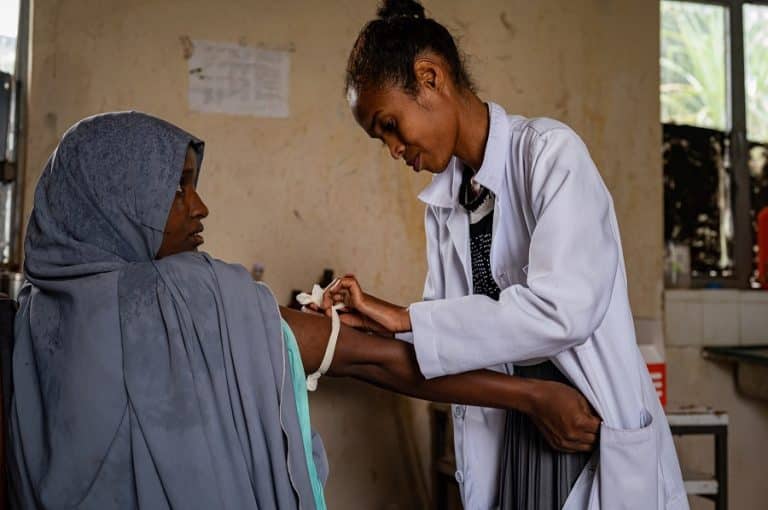The GFF’s efforts to build countries’ capacity to finance their own health systems should be scaled and prioritized and should be part of the next strategy 2026-2030.
GFF’s contribution to stronger health systems: primary healthcare and country ownership
The evaluation also documents the GFF’s contributions to health system strengthening and primary healthcare delivery, including improvements in health information systems, quality of care and results-based budgeting.
In Indonesia, for example, GFF-supported stunting reduction initiatives led to measurable improvements. In Cambodia, Somalia and Guatemala, the GFF helped implement more strategic purchasing mechanisms and district-level planning processes. These are foundational investments that protect the most vulnerable populations and ensure the sustainability of reproductive, maternal, newborn, child and adolescent health services.
These contributions are linked to the improved alignment between the GFF and country priorities and plans, in line with Wemos’ contributions and suggestions for many years. The evaluation found that in countries like Malawi and Côte d’Ivoire, the approach of the GFF was well aligned with the national health strategies and contributed to stronger country ownership.
Also, GFF mechanisms such as the ‘Investment Case’ and the ‘Resource Mapping and Expenditure Tracking’ helped integrate GFF programmes and funding into the broader healthcare systems. Governments also appreciated the ‘One plan – One budget – One report’ approach, in which all health financial resources are combined to fund a single national health strategy. Implementation progress and results are documented in a single report system. This is one of the greatest strengths of the GFF, from which other global health initiatives should take inspiration.
What did not work: blended finance and the private sector
The evaluation states that the GFF’s private sector engagement strategy – particularly its attempt to mobilize blended finance – has not delivered on its promise. The report attributes the limited success in attracting private investment to the underutilization of the “GFF’s ability to advocate for private sector solutions, requiring clearer engagement strategies and incentives for investments”. However, it glosses over the GFF’s failed attempt to collaborate with the International Finance Corporation (IFC) to attract private investments – for example, through the Africa Medical Equipment Facility (AMEF)
- The AMEF, developed by the IFC with financial support from the GFF, was intended to be a blended finance pilot to leverage private capital for the health sector. However, our own case study shown that this initiative failed to mobilize significant private capital and, more importantly, did not demonstrate meaningful alignment with the GFF’s mission of improving equitable access to reproductive, maternal, newborn, child and adolescent health services.
The absence of the AMEF from the GFF’s final evaluation is concerning, especially because the evaluation recommends further investment in blended finance and stronger collaboration with the IFC.




